I recently had the opportunity to visit with several folks from Assent Inc. for a sponsored podcast series entitled Supply Chain and ESG – What You Need to Know. We discussed: ESG drivers with Jared Connors and James Calder; UFLPA, Supply Chain and ESG with Travis Miller and Jamie Wallisch; the New World of Product Compliance and ESG, with Cally Edgren and Devin O’Herron; Emissions Reporting Strategies with Devin O’Herron and Jared Connors; and Responsible Minerals, Supply Chain and ESG, with Jared Connors and Daniel Zamora. Today we consider key environmental, social and governance (ESG) drivers.
We began with some of the key factors driving ESG. The pandemic was a major driver and the Russian invasion of Ukraine another key event. Calder believes that key issues around sustainability overlaid with increased regulatory and investment pressure have also been key drivers. The pandemic emphasized the huge dependency on global supply chain, and everyone realized we have to become more resilient and maintaining resilience also increased the need for environmental resilience.
Additionally, there are multiple drivers for human rights, built upon the UK Modern Slavery Act, such as the Uyghur Forced Labor Prevention Act (UFLPA). Laws are being created focusing on the environment, human rights and especially supply chain due diligence. It can even be a risk now to source from regions that do not abide by the appropriate environmental controls or do not abide by our expectations on human rights, all of which can lead to a supply chain disruption.
Obviously, investors, lenders and even insurers are looking at ESG issues with the constituencies. Connors emphasized the commercial pressures companies are under regarding ESG. He related, “today alone, I’ve had calls with three companies about this.” He went on to add issues can range “from social accountability looking upstream at all their suppliers of parts and sub-assemblies. If I don’t meet these obligations, I can’t ship into a certain geography. And they were talking about restrictions on being able to import goods into the United States and the pressures that they were feeling from their customers on showing their due diligence on what their labor practices were to their customers.”
Another significant driver is in talent acquisition and retention where companies are looking at competing for new employees and trying to attract new talent into their organizations. Companies want to show their leadership in sustainability because there is a new generation of employees who want to work for and at companies with sustainability values. Not surprisingly, Connors sees investor relations as a fundamental driver of ESG and interestingly, “investors are looking at that from a non-financial reporting, as much as they are looking at it from a financial performance aspect. In fact, the more C-suite level individuals I talk to, they say that ESG sustainability is more of what their shareholder meetings are than what their financials are anymore.”
We also considered where the ESG drivers may be down the road. Calder noted it is unusual because there is both legal and regulatory pressures in addition to the market pressure. These market pressures will only grow from what we are seeing now in terms of sustainability and ESG and they are being weighed stronger in the bid process. He noted, “customers are coming to us saying we’re actually losing bids.” But this provides a market opportunity that if you can demonstrate “qualities that are superior to your competitors in these areas, you could win more bids.”
One driver that does not get as much as it should is the business operations aspect of ESG. Connors grew up professionally in the conflict mineral space where companies were required to take a deep due diligence drive into their supply chain. This provided companies with solid information which led to the opportunity to discover inefficiencies. ESG offers companies that same opportunity with data, to determine if there are operational inefficiencies. If there are inefficiencies, business solutions can be brought to bear to help make companies actually run more efficiently from the data collation required for an ESG program.
Calder concluded with a caution about green washing. He said, “we see through a lot of our monitoring of the supply chain” and that companies export more regulatory oversight around carbon emissions and reporting. The US Securities and Exchange Commission (SEC) has created their own enforcement task force for ESG. “The SEC will expect standards. The SEC will expect auditing. They expect you to be able to back up what you say and that backing up what you say does come from a reporting requirement.”
Join me tomorrow where I consider the UFLPA, supply chains and ESG.
To listen to the podcast this blog post is based upon, click here.
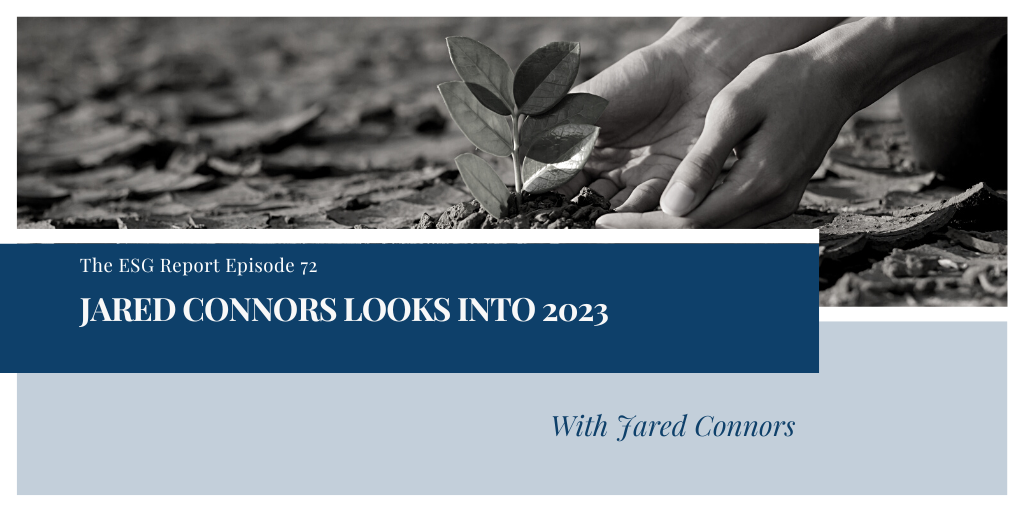



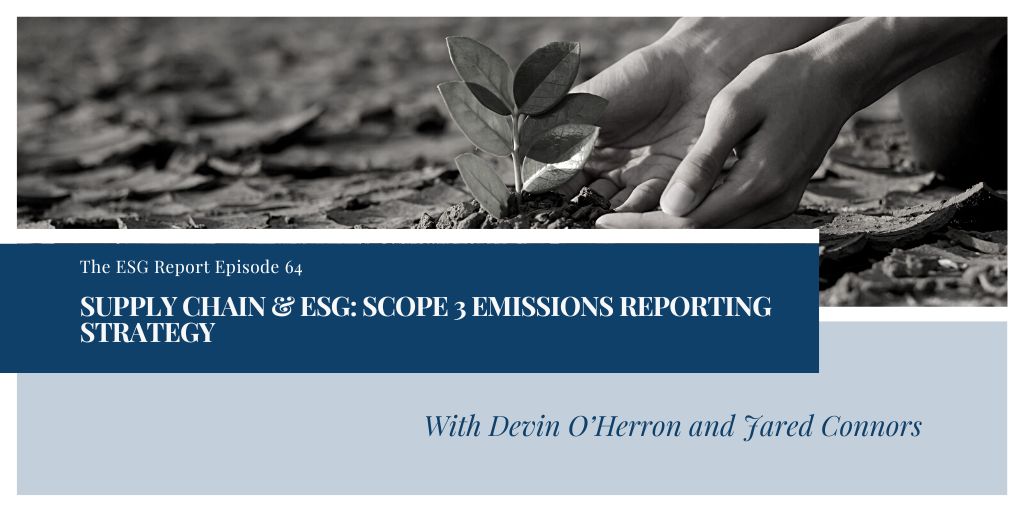
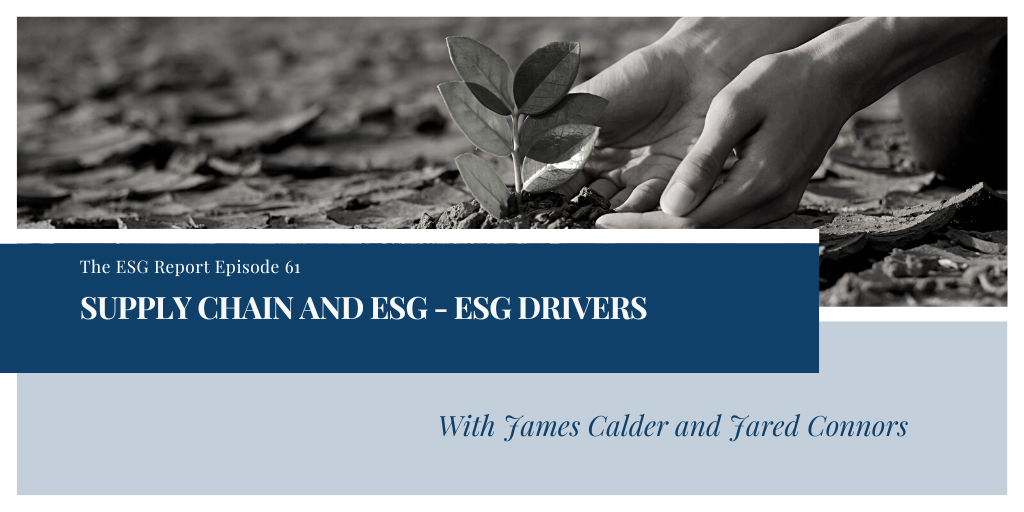

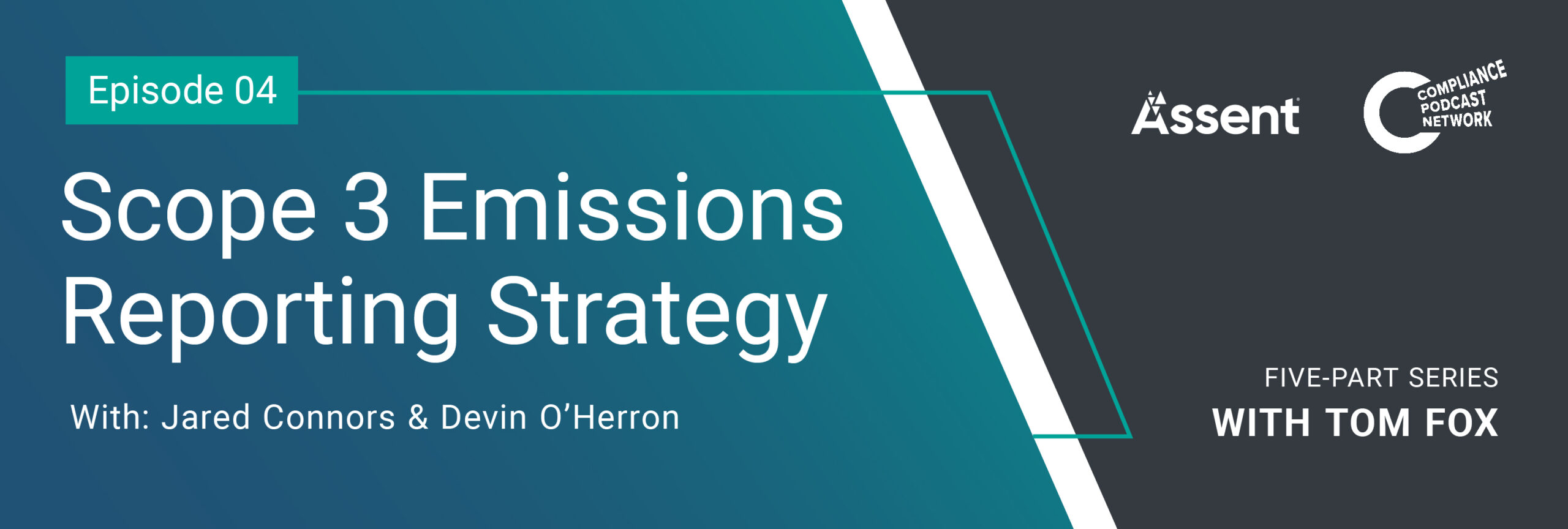
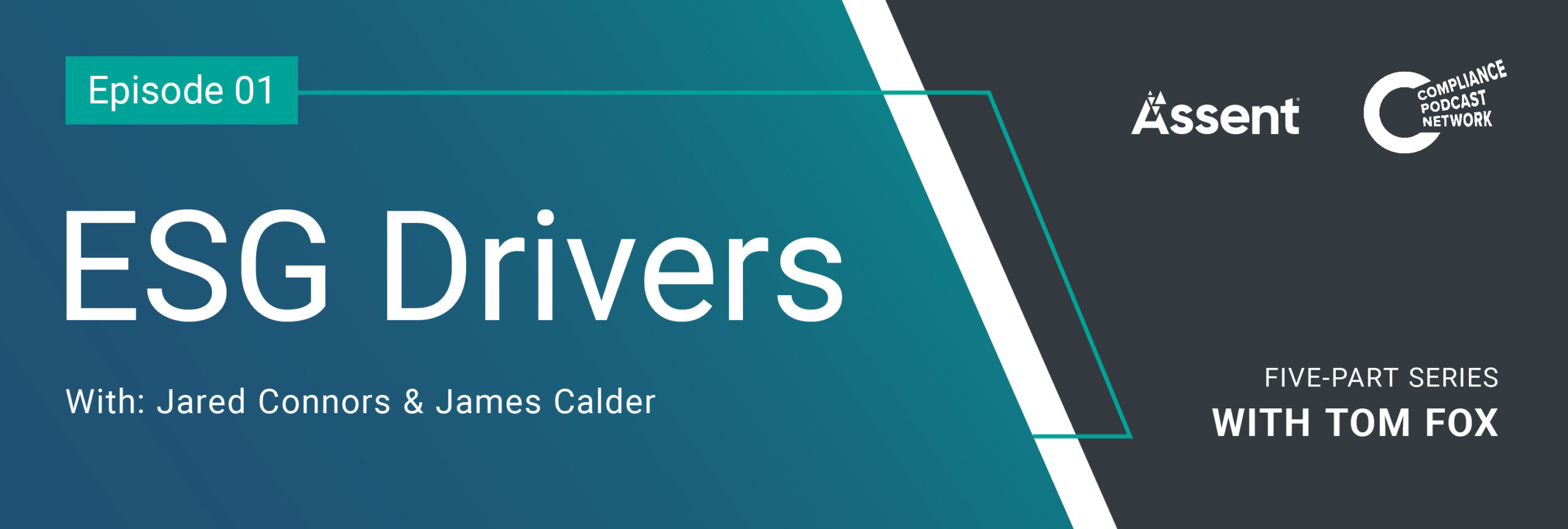

 ESG Supply Chain Compliance with Travis Miller and Jared Connors:
ESG Supply Chain Compliance with Travis Miller and Jared Connors: Companies are starting to realize the significance of making a commitment to ESG through responsible sourcing.
Companies are starting to realize the significance of making a commitment to ESG through responsible sourcing.